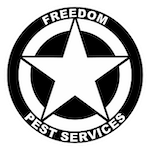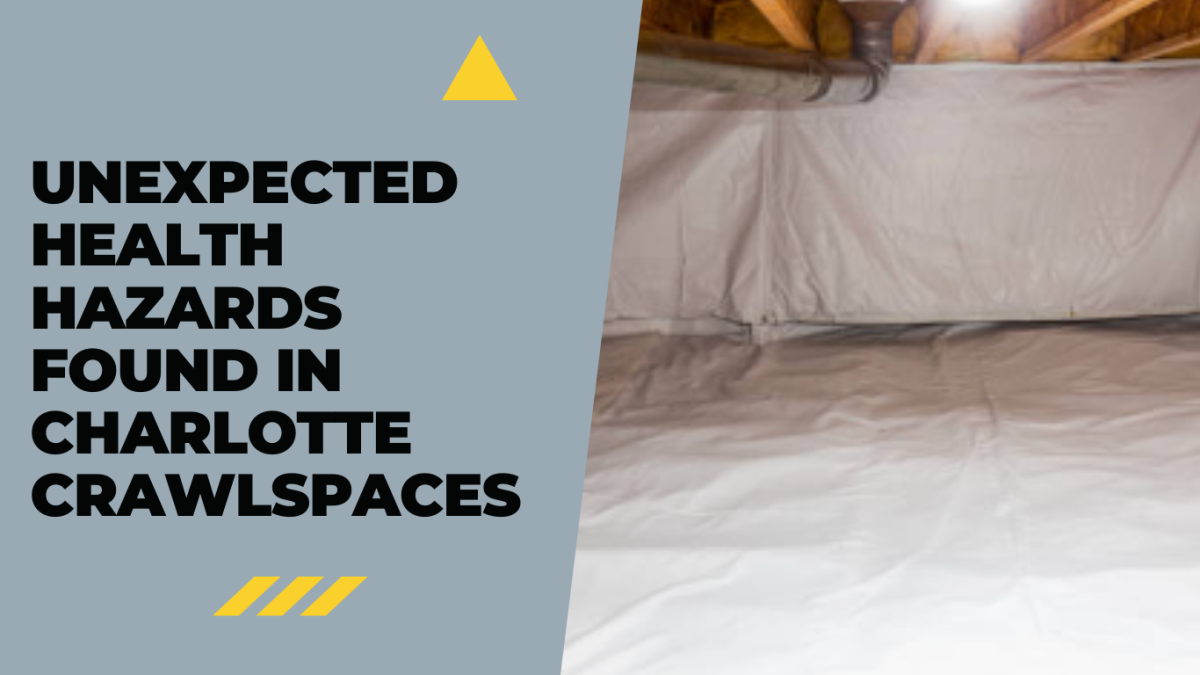Surprising Health Risks in Charlotte Crawlspaces and How to Protect Your Home
Charlotte, United States - March 12, 2025 / Above All Media /
Your crawlspace might be out of sight, but it shouldn’t be out of mind. Many homeowners in Charlotte don’t realize that hidden beneath their floors could be mold, pests, and dangerous air contaminants affecting their health. A damp, unmaintained crawlspace can lead to poor indoor air quality, respiratory issues, and even structural damage to your home.
Since nearly half the air you breathe inside comes from your crawlspace, any issues lurking down there can quickly spread throughout your house. From moisture buildup to rodent droppings, these hidden hazards can pose serious risks for your family.
Regular crawlspace inspections and maintenance can help prevent these problems before they become costly health and home repair concerns. Understanding the dangers hiding in your crawlspace is the first step toward protecting your home and your health.
What Common Health Risks are Associated with Crawlspaces in Charlotte Homes?
Crawlspaces often go unnoticed, but they can be a hidden source of serious health hazards for Charlotte homeowners. Due to the region’s humid climate, crawlspaces can become damp and poorly ventilated, creating the perfect environment for mold, mildew, pests, and poor air quality. These issues don’t just stay below your home—they can impact your entire living space.
Mold and Mildew Exposure – Damp crawlspaces encourage mold growth, releasing spores that trigger allergies, asthma, and respiratory issues.
Poor Indoor Air Quality – Crawlspace air circulates into your home, carrying dust, allergens, and airborne toxins.
Insect and Rodent Infestations – Pests like mice, rats, cockroaches, and termites can carry diseases and contaminate your home’s air.
Increased Allergies and Asthma Symptoms – Mold, dust mites, and pest droppings can worsen breathing conditions.
Structural Damage – Excess moisture in crawlspaces can weaken wooden structures, leading to costly home repairs.
Radon Gas Exposure – Some homes may have elevated radon levels, a colorless, odorless gas that can increase lung cancer risk.
Crawlspace-related health risks aren’t always obvious, but they can have a direct impact on your well-being. Regular inspections, moisture control, and pest prevention can help keep your crawlspace safe and ensure a healthier home environment.
How Can Mold and Mildew in Crawlspaces Impact Indoor Air Quality?
Mold and mildew love dark, damp areas—making crawlspaces a perfect breeding ground. When mold spores spread, they don’t just stay in the crawlspace. Since air naturally rises from the crawlspace into your home, mold spores can circulate inside, contaminating the air you breathe daily.
Releases Harmful Spores – Mold spores travel through air ducts and cause allergic reactions, respiratory issues, and sinus infections.
Creates Musty Odors – A mold-infested crawlspace produces a strong, unpleasant smell that seeps into your home.
Triggers Asthma and Allergies – Exposure to mold can worsen asthma, coughing, sneezing, and congestion.
Produces Mycotoxins – Certain mold types produce toxic compounds that can lead to serious long-term health effects.
Damages HVAC Systems – Mold spores entering your heating and cooling system can spread throughout the entire house.
Increases Humidity Levels – Excessive moisture from mold growth contributes to high indoor humidity, making your home feel damp and uncomfortable.
Unchecked mold and mildew in crawlspaces pose serious risks to indoor air quality and overall health. Controlling moisture levels, sealing crawlspaces, and professional mold remediation can help keep your home’s air clean and safe to breathe.
Are Pests and Rodents in Crawlspaces a Serious Health Concern?
Crawlspaces are a perfect hiding spot for rodents and insects, but their presence can pose significant health risks. Pests like rats, mice, cockroaches, termites, and spiders thrive in dark, damp crawlspaces, bringing diseases, allergens, and damage into your home.
Spread of Diseases – Rodents and insects carry harmful bacteria and viruses, including Hantavirus, Salmonella, and E. coli.
Contaminated Air and Surfaces – Rodent droppings, urine, and shed skin particles pollute the air with allergens and harmful pathogens.
Insect Bites and Stings – Spiders, ants, and other insects can bite or sting, causing irritation and allergic reactions.
Worsened Allergy and Asthma Symptoms – Pest droppings, fur, and dead insects can trigger respiratory issues and allergic reactions.
Structural Damage – Termites and rodents chew through wood, insulation, and wiring, leading to costly repairs and potential fire hazards.
Food Contamination – Pests can enter kitchens through air ducts, spreading germs to countertops and food storage areas.
Ignoring pests in your crawlspace can lead to serious health concerns for your family. Regular pest inspections, sealing entry points, and keeping crawlspaces dry and clean are key to preventing infestations.
What Steps Can Homeowners Take to Prevent Crawlspace-Related Health Hazards?
Since crawlspace issues can affect your entire home, taking preventive measures is essential. A clean, dry, and well-maintained crawlspace reduces mold growth, pest infestations, and poor air quality—keeping your home safer and healthier.
Control Moisture Levels – Install a vapor barrier and use a dehumidifier to reduce dampness.
Seal Cracks and Openings – Close off entry points to keep rodents and pests out.
Schedule Regular Inspections – Professional inspections help detect mold, pests, and structural issues before they worsen.
Encapsulate Your Crawlspace – Sealing the crawlspace with insulation and a vapor barrier protects against moisture and air contamination.
Improve Ventilation – Proper airflow prevents humidity buildup and discourages mold growth.
Keep It Clean and Dry – Regularly remove debris, standing water, and insulation damage to maintain a healthy crawlspace.
A well-maintained crawlspace protects both your home and health. Regular moisture control, pest prevention, and professional inspections help eliminate risks before they turn into costly problems. Taking these steps ensures a safer, cleaner living environment for you and your family.
Protect Your Home and Health with Professional Crawlspace Care
What’s lurking in your crawlspace could be affecting more than just your home—it could be impacting your health. From mold and mildew to pests and poor air quality, crawlspace issues don’t stay hidden for long. The good news? You don’t have to deal with it alone. At Freedom Crawlspace Services, we specialize in moisture control, mold remediation, and crawlspace encapsulation to keep your home safe, dry, and healthy.
Schedule Your Crawlspace Inspection Today!
Don’t wait for hidden dangers to become major problems. Let our experts at Freedom Crawlspace Services protect your home and your health. Call us today or book your inspection online!

Contact Information:
Freedom Crawlspace Services
6135 Park S Dr suite 510
Charlotte, NC 28210
United States
Corey O'Neill
(803) 493-9902
https://freedomcrawlspaceservices.com/
Original Source: https://freedomcrawlspaceservices.com/about-us/media-room/

